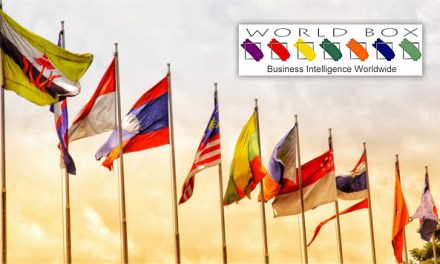Risk is always changing. Looking at Asia’s threat landscape five years ago, issues of economic instability, climate change, cybersecurity, and pandemic disease were all part of this matrix. However, at the time, some of these risks were viewed as immediate and present, while others were vulnerabilities to be planned for. Today, these threats have all proved to have significant impact, but none more so than COVID-19.
The pandemic has emphasized and accelerated the need for a reorientation of business continuity and resilience. Multinational and multilateral organizations must evaluate their enterprise security and adapt.
In Asia this is particularly important as the region has demonstrated tremendous prosperity with a large and growing middle class and increasing influence in global policy developments within organizations such as the G-8 and G20. Simply put, the stakes are too high to not be prepared.
To move forward, the current threat landscape must be understood, and risk mitigation and management must be viewed through the lens of vaccine distribution and herd immunity, geo-political consideration, and regional political unrest.
Threat Landscape Primer
In December 2020, G4S published its Asia Emerging Risks report evaluating political stability, crime, terrorism, civil unrest, emergency response capabilities, health and environmental threats. In just six months, the landscape has already changed, and so corporations too must adapt their outlook as they consider how they do business in the region. Factors to consider in that process of adaptation include the ability to resume work and travel, which depends to a large degree on the vaccination programs that are being undertaken country by country across the region.
Vaccine Impact
 Almost all countries in the region have commenced their vaccination programs, though there is great diversity in the targets of the rollouts, the scheduling and pace of the campaigns, and the vaccines used. Some countries are further ahead than others, but overall, the results give grounds for cautious optimism as outbreaks are contained and the spread of the virus is slowly brought under control. Most countries are prioritizing their frontline health workers first, then moving on in phased rollouts to other sections of the population that are likely to run through 2022 for most countries in the region and 2023 for some.
Almost all countries in the region have commenced their vaccination programs, though there is great diversity in the targets of the rollouts, the scheduling and pace of the campaigns, and the vaccines used. Some countries are further ahead than others, but overall, the results give grounds for cautious optimism as outbreaks are contained and the spread of the virus is slowly brought under control. Most countries are prioritizing their frontline health workers first, then moving on in phased rollouts to other sections of the population that are likely to run through 2022 for most countries in the region and 2023 for some.
Source: Security Magazine news


























